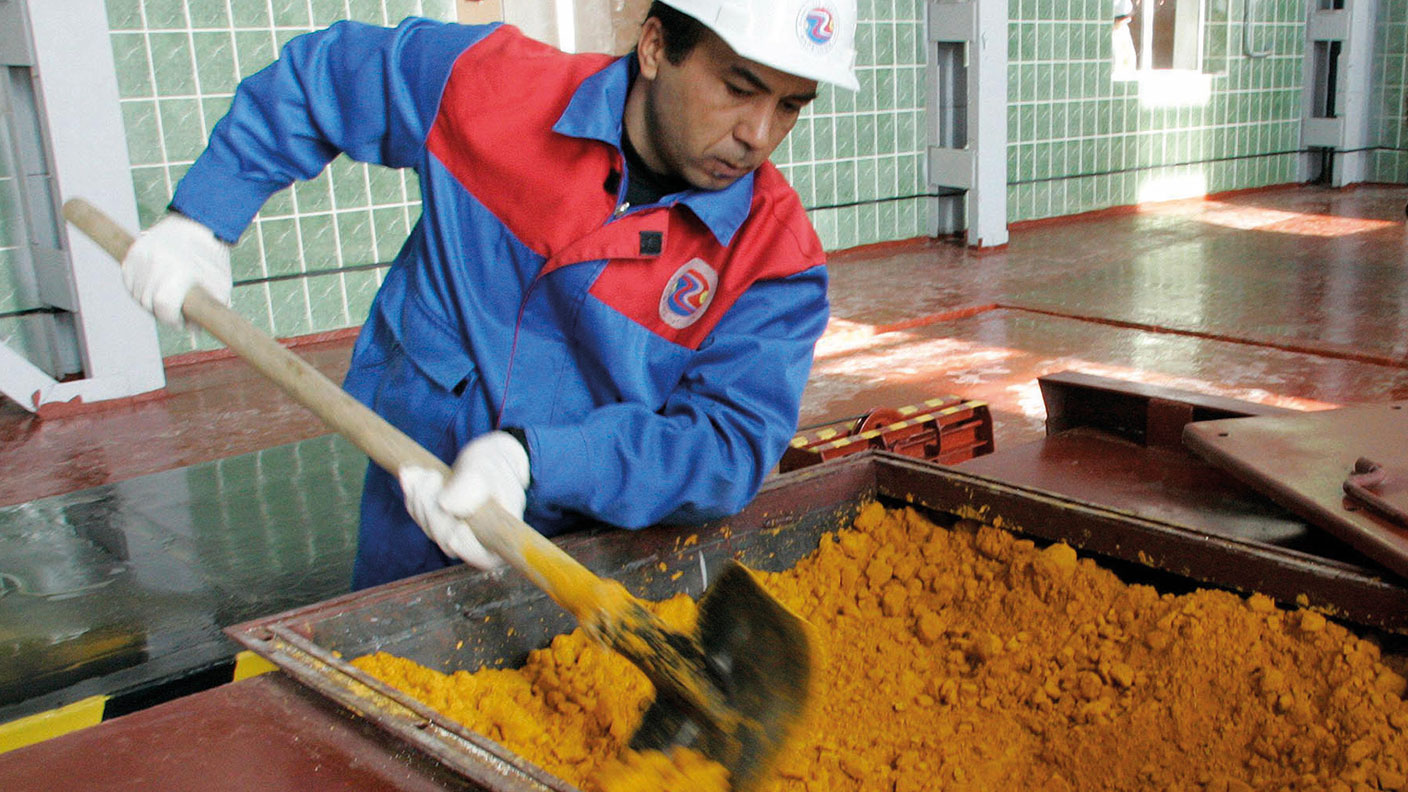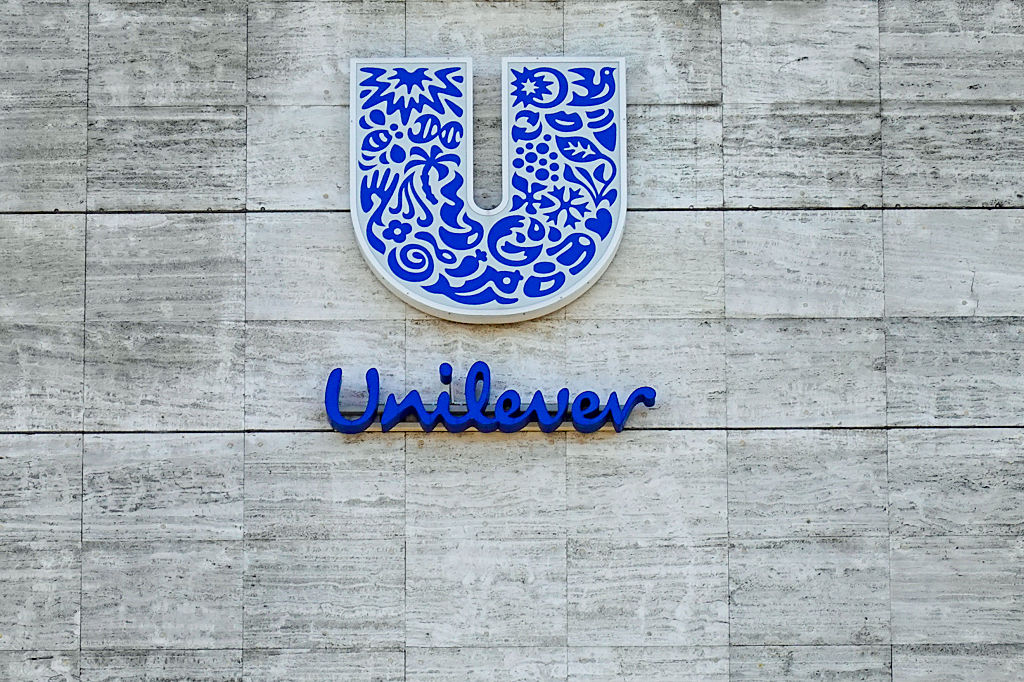Why the uranium price is set to keep rising
Turmoil in Kazakhstan – the world's leading producer of uranium, has sent the uranium price up by more than 8% in a week. And that's not the end of it.

Kazakhstan’s “dominant” role in the uranium market is “akin to that of the Opec+ group in crude oil”, says Neil Hume in the Financial Times. So turmoil in the country has sent uranium prices up more than 8% in a week to $45.65 a pound. The country is the world’s leading supplier of the nuclear fuel, accounting for more than 40% of supply. Globally, utility companies use about 180 million pounds of uranium per year, but only 125 million pounds is being mined, partly due to “a lack of investment in new deposits”. For now, the shortfall is being made up with stockpiles and re-purposed “military warheads”.
Supplies are secure
Still, disruption and shortages are unlikely, says Lucas Mediavilla in L’Express. The Kazakh mines are located in an isolated region far from the violence and no stoppages have been reported. What’s more, Kazakh uranium extraction is done by injecting liquid into the ground (a method similar to that used in oil fracking), says Teva Meyer, a nuclear specialist at the University of Haute-Alsace. Unlike large open-cast mines, this creates a relatively small surface footprint that is easier to secure against threats.
The risk of shortages in the short term is “minimal”, agrees Étienne Goetz in Les Echos. Nuclear power plants maintain large stockpiles of uranium fuel (known as yellowcake). Changes in uranium spot prices will also not feed through directly into electricity costs because industrial users overwhelmingly meet their needs through long-term contracts at previously agreed rates.
MoneyWeek
Subscribe to MoneyWeek today and get your first six magazine issues absolutely FREE

Sign up to Money Morning
Don't miss the latest investment and personal finances news, market analysis, plus money-saving tips with our free twice-daily newsletter
Don't miss the latest investment and personal finances news, market analysis, plus money-saving tips with our free twice-daily newsletter
A tighter market
However, uranium prices are historically volatile, says Charles Archer for IG, varying from as high as $136 a pound in 2007 to a low of $18 a pound in 2016. The fuel has been in the doldrums during the decade since the Fukushima nuclear disaster, but things are changing as governments push to decarbonise the economy. Nuclear, which currently accounts for 10% of global electricity production, avoids the problem of intermittent production that dogs many renewables. China plans to build “150 new nuclear reactors over the next 15 years”, a significant addition to the 440 currently operating globally.
The launch last year of the Sprott Physical Uranium Trust in Canada shook up this opaque market, says Emily Graffeo on Bloomberg. The fund has seen “explosive growth”, enabling it to buy “almost a third of the world’s annual supply” and helping push up uranium prices by more than 30% last year. It now plans to raise and invest $3.5bn (£2.6bn) in the next two years. Taking the corresponding amount of uranium off the market “could seriously jack up prices”, says Alex Hamer in Investors’ Chronicle. UK-listed Yellow Cake (Aim: YCA), which follows a similar strategy, should benefit.
Get the latest financial news, insights and expert analysis from our award-winning MoneyWeek team, to help you understand what really matters when it comes to your finances.
Alex is an investment writer who has been contributing to MoneyWeek since 2015. He has been the magazine’s markets editor since 2019.
Alex has a passion for demystifying the often arcane world of finance for a general readership. While financial media tends to focus compulsively on the latest trend, the best opportunities can lie forgotten elsewhere.
He is especially interested in European equities – where his fluent French helps him to cover the continent’s largest bourse – and emerging markets, where his experience living in Beijing, and conversational Chinese, prove useful.
Hailing from Leeds, he studied Philosophy, Politics and Economics at the University of Oxford. He also holds a Master of Public Health from the University of Manchester.
-
 Zoopla: house price growth stalled in 2025 but forecasts for 1.5% higher next year
Zoopla: house price growth stalled in 2025 but forecasts for 1.5% higher next yearSales soared this year with more than a million deals done but buyers drove hard bargains keeping a lid on prices. A small bounceback in valuations is predicted for 2026, depending on where you live.
-
 UK sets out crypto regulatory proposals
UK sets out crypto regulatory proposalsThe government has tabled legislation that sets out a regulatory framework for cryptocurrencies, while the regulator will consult on balancing innovation and consumer protections
-
 British blue chips offer investors reliable income and growth
British blue chips offer investors reliable income and growthOpinion Ben Russon, portfolio manager and co-head UK equities, ClearBridge Investments, highlights three British blue chips where he'd put his money
-
 Coreweave is on borrowed time
Coreweave is on borrowed timeAI infrastructure firm Coreweave is heading for trouble and is absurdly pricey, says Matthew Partridge
-
 Renewable energy funds are stuck between a ROC and a hard place
Renewable energy funds are stuck between a ROC and a hard placeRenewable energy funds were hit hard by the government’s subsidy changes, but they have only themselves to blame for their failure to build trust with investors
-
 Profit from document shredding with Restore
Profit from document shredding with RestoreRestore operates in a niche, but essential market. The business has exciting potential over the coming years, says Rupert Hargreaves
-
 The war dividend – how to invest in defence stocks as the world arms up
The war dividend – how to invest in defence stocks as the world arms upWestern governments are back on a war footing. Investors should be prepared, too, says Jamie Ward
-
 Literacy Capital: A trust where great returns fund a good cause
Literacy Capital: A trust where great returns fund a good causeThere’s plenty to like about specialist private-equity trust Literacy Capital, says Max King
-
 An AI bust could hit private credit – could it cause a financial crisis?
An AI bust could hit private credit – could it cause a financial crisis?Opinion Private credit is playing a key role in funding data centres. It may be the first to take the hit if the AI boom ends, says Cris Sholto Heaton
-
 8 of the best ski chalets for sale now
8 of the best ski chalets for sale nowThe best ski chalets on the market – from a traditional Alpine-style chalet in Switzerland to an award-winning Modernist building in Japan’s exclusive ski areas